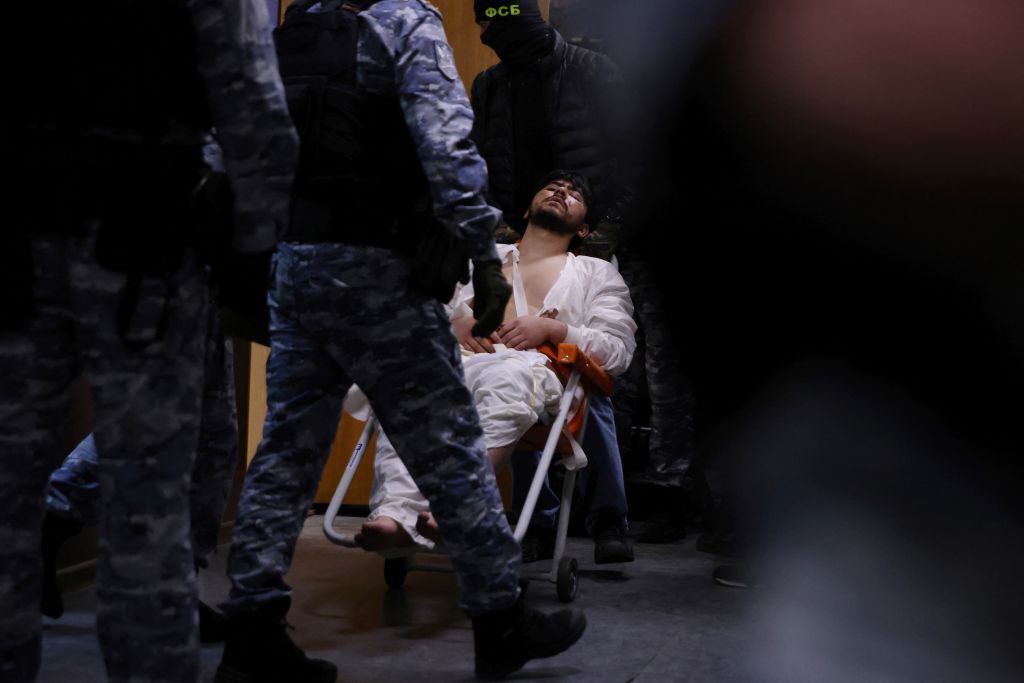The recent terrorist attack in Moscow, where at least 140 people were killed, led to the arrest of four suspects who appeared in court with visible signs of torture. Videos and photos showing the alleged torture of the suspects circulated on social media, including electrocution and forced cannibalism. This use of torture is not uncommon in authoritarian states like Russia, but the public display of it in this case is particularly alarming. The Russian government’s response to the attack and the way they handled the suspects hint at a wider message they are trying to send regarding strength and control.
The use of torture by state security services is often aimed at gaining intelligence or evidence, even though it has been proven to be unreliable. In the case of the Crocus City Hall attack suspects, the display of torture serves as a warning to terror groups and the public about the government’s willingness to engage in violence. The extreme nature of the alleged crimes, including shooting at crowds and throwing Molotov cocktails, may lead to some public approval of the use of torture, especially in cases of terrorism. This need to project strength and seek revenge is a common motivation for states like Russia to use violence in such situations.
The openness with which torture was conducted in the aftermath of the Crocus City Hall attack points to a culture of impunity in Russia. Despite being banned by the constitution and being a signatory of the UN Convention Against Torture, the Russian government has not faced consequences for its actions. The lack of repercussions for such actions indicates that the government believes it can act with impunity and not be held accountable. This culture of impunity is further highlighted by the rigged nature of recent presidential elections in Russia, showing a disregard for democratic processes and human rights.
The security services in Russia may have used torture in the case of the Crocus City Hall attack as a way to reassert dominance and redeem themselves in the wake of the terrorist incident. The brutality of the torture methods used can be seen as a way to visually demonstrate that the government is still in control and capable of suppressing dissent. The way torture was carried out in this case, with little attempt to hide it, reflects a broader trend of authoritarianism and the erosion of civil liberties in Russia. The government’s actions in response to the attack send a strong message to both perpetrators and the general population about the consequences of challenging state authority.
While the torture of suspects and the handling of the Crocus City Hall case may have shocked many, it is part of a larger pattern of abuse and authoritarianism in Russia. The government’s use of violence and torture as a tool to maintain control and instill fear is a concerning trend that goes against international human rights standards. The lack of accountability and impunity enjoyed by the Russian government for such actions raises serious questions about the state of democracy and rule of law in the country. As the world grapples with the implications of such actions, it is crucial to support independent journalism and human rights organizations that shine a light on these abuses and hold governments accountable for their actions.


